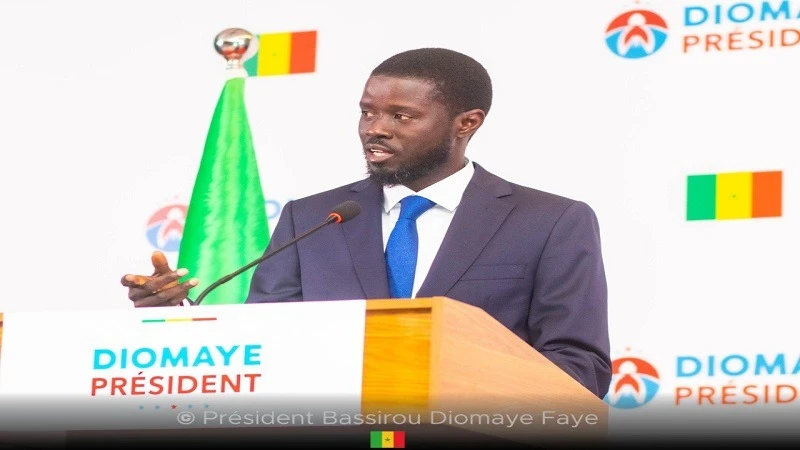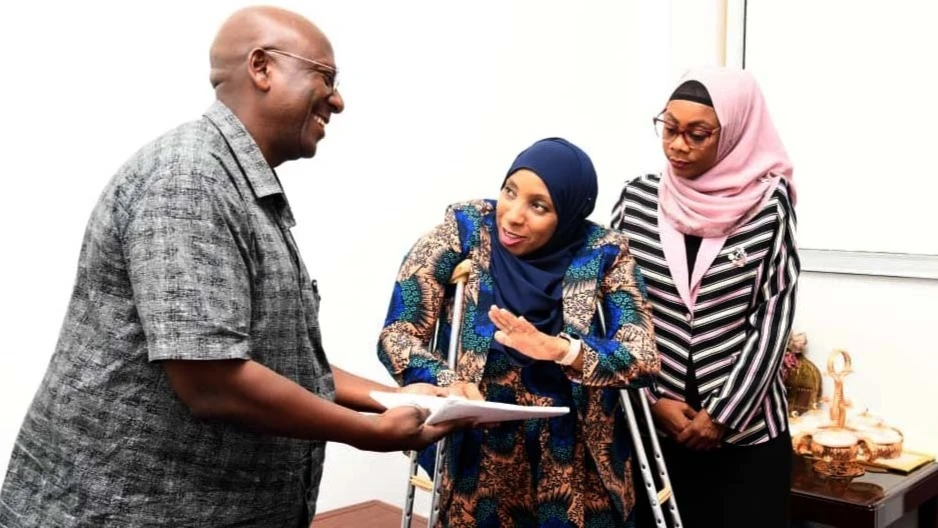The role of age in determining effective teaching approaches

EFFECTIVE teaching practices should take into account the age of learners, as cognitive development and the ability to engage with learning materials vary significantly with age.
Young learners, unlike mature students, have limited life experience and require structured guidance from teachers. This reality underscores the need for educators to adopt age-appropriate teaching methodologies that cater to the developmental needs of their students.
A teacher’s primary goal should be to facilitate knowledge acquisition by selecting teaching methods that align with learners' cognitive abilities. While some methodologies can be applied across age groups, others are more effective for specific developmental stages.
For instance, group discussions are generally ineffective for young learners but highly beneficial for mature students. This is because group discussions require a high level of critical thinking, which, according to Jean Piaget, typically begins to develop around the age of 12. At this stage, they develop the ability to think abstractly, reason logically, and engage in critical discussions.
Expecting children younger than this to engage in meaningful discussions may be unproductive and could lead to frustration. Before reaching 12 years, children are typically in the preoperational age (2–7) or concrete operational age (7–11), where their thinking is more concrete and egocentric. Young leaners are more likely to benefit from structured learning, storytelling, and question-and-answer sessions.
It is important to recognize that treating young learners as though they possess the same cognitive abilities as older students may be counterproductive. Demanding beyond their capability can create frustration and make learning less engaging. Teachers must be mindful of their instructional strategies to ensure they align with the cognitive readiness of their students.
Creating an engaging learning environment
For young learners, teachers need to focus on maintaining an organized and engaging classroom environment. Managing distractions, such as noise, is essential. Lessons should be designed to captivate learners' interest, reducing the need for disciplinary interventions and allowing students to concentrate naturally.
Participatory teaching approaches can be introduced gradually as young learners develop. However, the most practical method for engaging them initially is the question-and-answer technique, which encourages interaction without overwhelming them. Additionally, teacher-centered approaches remain critical for foundational skills such as reading, writing, and arithmetic, which require structured guidance rather than open-ended exploration.
Several teaching practices support the need for differentiated instruction based on learners’ ages:
Young learners are more emotional and respond better to visual, tactile, and auditory stimuli. Teaching aids such as pictures, videos, and interactive tools help maintain their attention and enhance comprehension. In contrast, mature learners can grasp abstract concepts and engage in self-directed learning without relying heavily on teaching aids. Most young learners attend school because of parental encouragement rather than intrinsic motivation. Therefore, teachers must create engaging and interactive lessons to ensure effective learning.
There is a clear distinction in the effectiveness of teacher-centered versus learner-centered approaches based on age. Young learners benefit more from teacher-centered instruction because they require foundational knowledge and skills that demand structured teaching.
Skills such as reading, writing, and arithmetic are best learned through demonstration and repetition rather than discussion-based methods. Conversely, mature learners thrive in learner-centered approaches, including group discussions, problem-solving exercises, and critical thinking activities, as they have already acquired foundational skills.
Reinforcement strategies also differ based on age. Young learners respond well to tangible rewards and consequences, as they are more motivated by immediate and observable outcomes.
Encouragement, visual demonstrations, and physical rewards reinforce learning effectively. For mature learners, verbal reinforcement, such as praise or constructive feedback, is often sufficient to motivate and correct behavior.
Teaching should always be assessed for its impact on student progress. Since parents and educational stakeholders focus on measurable learning outcomes, teachers must use methods that effectively support academic achievement at different developmental stages.
Considering the learner’s age—and by extension, their cognitive development—is crucial in lesson planning. Teaching should not merely be an energy-consuming task but a purposeful activity with clear objectives and strategies tailored to student needs.
Engaging in teaching without aligning methodologies with students’ developmental levels can lead to inefficiency and lost learning opportunities.
Aligning teaching methodologies with students’ developmental levels is crucial because it supports cognitive development. Different age groups have varying cognitive abilities. Young learners are still developing critical thinking skills, so they require more structured, teacher-led instruction.
When teaching methods match students’ developmental levels, they are more likely to stay engaged and motivated. Young learners need interactive activities, visual aids and storytelling, while older learners can handle debates, research projects, and collaborative tasks.
Using methods beyond a student's capability can lead to confusion and frustration, while methods that are too basic can cause boredom and disengagement. Ensuring a proper match helps maintain the right level of challenge for students.
Successful teaching requires educators to recognize that young learners and mature students have distinct educational needs. Teachers must be realistic, goal-oriented, and strategic in their instructional approaches.
By tailoring teaching methods to the age and cognitive development of learners, educators can enhance engagement, improve learning outcomes, and foster a more effective and rewarding educational experience for all students.
Top Headlines
© 2025 IPPMEDIA.COM. ALL RIGHTS RESERVED

























